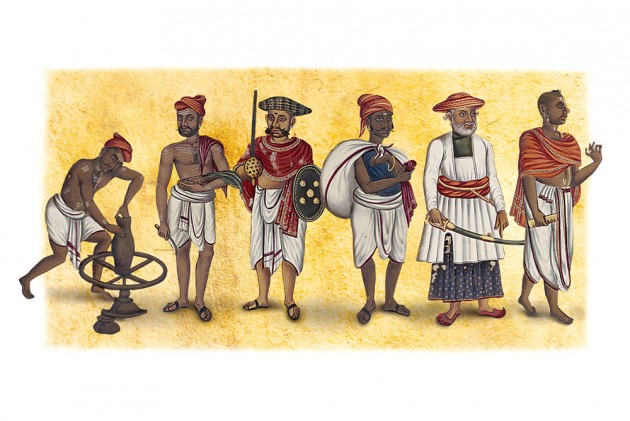
What Exactly Is A Social Problem And Who Are The Victims Of It?
We often read or watch in newspapers and media about different issues happening around us. It can be violence, deaths, corruptions, accidents, natural disasters etc. And most of the time we often notice several discussions between politicians, activist, journalists, advocates etc. Everywhere when we read or watch such discussions the most repeated words are ‘society’, ‘problems’, ‘’social problem’ etc. So what exactly is a social problem? Who are the victims to it? Does a particular social problem common to everybody? What is the factor that generalises a problem as a social problem? Or the whole state’s or the whole nation’s problem? This article is to analyse these questions according to my perspective.
The theoretical definition of a social problem is “Social problems are the general factors that affect and damage society. A social problem is normally a term used to describe problems with a particular area or group of people in the world” (Wikiversity).
As we all know that the world has different societies and therefore each problem depends on the nature of society. Being an Indian I would like to focus on Indian society. Each and every society is stratified on some factors and in India as we all know the society has been stratified based on caste, class and gender. Race and ethnicity are also some minor factors which I am not going deep in the article. So as each and every person lives in a particular position in the structure a social problem affects everybody differently. But when a social problem is addressed in media does it actually shows how each and every person in the society is affected?
I would like to explain this with a few examples. Patriarchy is a universal social problem has been addressed worldwide and thus the philosophy of feminism emerged in the western world and it has also reached India. But when we talk about patriarchy in India is that the same way it operates in other parts of the world? No. Patriarchy operates in India according to the way Indian society has evolved and therefore patriarchy is strongly related to caste patriarchy or brahminical patriarchy. But when initially feminism emerged in India does the feminism include the women from marginalised communities?
Who were the women that feminists in India were talking about? It is clear that initially the philosophy of feminism was dominated by the upper caste. Gradually Dalit feminism arouse in India through feminists such as Sharmila Rege, Uma Chakravarti etc. who focussed on the ideas of Ambedkar on brahminical patriarchy and gender. Dalit feminism started spreading through writings across the country. So when the problem of patriarchy was addressed initially it just showed one phase. A view from the above but not a perspective from within.
When marxism reached India there were clashes of opinion which are still prevailing about the concept of class and caste. Marx is from the western part obviously addressed the issue of the working class and the oppressed. But Marx has also addressed caste in his essay “The future results of British rule in India” and the essay can be logically concluded that abolition of caste hierarchy and the oppression and exploitation of ‘lower’ caste cannot be separated from the Marxian form of class struggle. Therefore the Marxists in India who hide the reality of caste within them will not find a result or “revolution” in their class struggles.
As Ambedkar had said, “A caste is an enclosed class” has to do something with the reality of Indian society. Therefore while addressing ‘class’ as a social problem in India it is important to analyse the link between class and caste.
Another example is about the recent Kerala flood which happened in the year 2018. Kerala is a state which receives a good amount of rainfall every year and there are areas like Kuttanad (covering Alapuzha and Kotayam districts), Waynad and other regions which are nearer to backwaters and hilly and forest areas which get flooded during this time and people always move towards camps often and destruction of agriculture and properties also happen often. People or media need not notice this problem all the time. But when in 2018 when the multi-storied buildings and motor vehicles in the city started getting submerged under the water the panic aroused and it became a natural disaster at the national level. So here when the victims of the flood were from the upper-middle-class society it became a huge social problem (we can guess the profile of people who are capable of building multi-storied houses and cars in the middle of the city). So a problem becomes a social problem with media coverage only when the victims are from the upper section of the power structure.
Therefore in India to analyse a social problem, to identify the victims, to design a social theory for the problems the Indian society has to be studied. The only person in the world who have studied India is Dr B R Ambedkar and that is the only reason which made him the Father of the Constitution. It is our duty to know where do we belong in the power structure of the society and hence we can identify the social problem and can destroy it. As Ambedkar has said that first people need to get consciousness and then set their minds for revolution.
Jai Bheem
Author – Aishwarya K S



+ There are no comments
Add yours